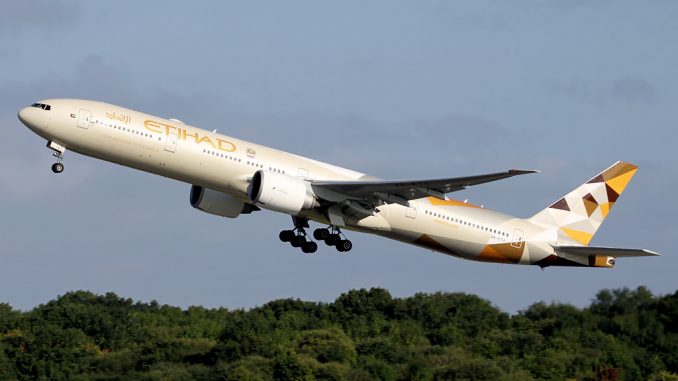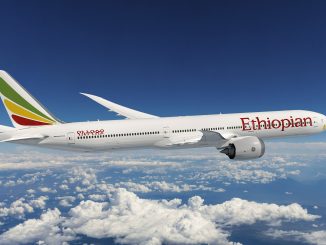
Abu Dhabi-based Etihad Airways has confirmed that it has recently restructured its orders with both Airbus and Boeing.
Reduced numbers
Etihad is the second largest carrier in the United Arab Emirates (UAE), behind Dubai-based Emirates. On 11th January, Etihad pulled ten A321neo aircraft from its order of 36. Then on 14th February, the airline cancelled its order for all 40 Airbus A350-900 and a further two A350-1000, leaving only 20 A350-1000 and 26 A321neo still on order.
It wasn’t just Airbus orders that took a hit, with ten orders for the Boeing 777-9 being cancelled, taking the airline’s total down to just six aircraft. The Boeing 777-9 is still in development, the first prototype is currently under construction and is due to fly for the first time in the coming months. German flag-carrier Lufthansa is set to be the launch customer for the worlds largest twin engine jet, with the first scheduled for delivery in 2020.
Etihad is flying a rather untypical mixture of Airbus and Boeing aircraft types, many of which have similar capacities. It currently operates Airbus A330-200 and -300, along with similarly configured Boeing 787-9 Dreamliner. Its fleet of larger widebody aircraft consists of 19 Boeing 777-300ER and 5 787-10, as well as 10 Airbus A380. In terms of single-aisle aircraft, Etihad operates a number of Airbus A320 and A321 aircraft.
The airline will retire its three remaining Airbus A330-300 aircraft in March this year, the first one of which was delivered in 2009. In November 2018, Etihad became the second airline in the world to operate the Boeing 787-10.
Financial issues
The carrier has been under financial strain for some time. In 2011 Etihad purchased a 29.21% stake in the now defunct Air Berlin, and in 2014 it acquired a 49% share of Alitalia, which entered an insolvency process in 2017. Etihad subsequently announced losses of US $1.5 billion the same year.
Matt is a Berlin-based writer and reporter for International Flight Network. Originally from London, he has been involved in aviation from a very young age and has a particular focus on aircraft safety, accidents and technical details.



